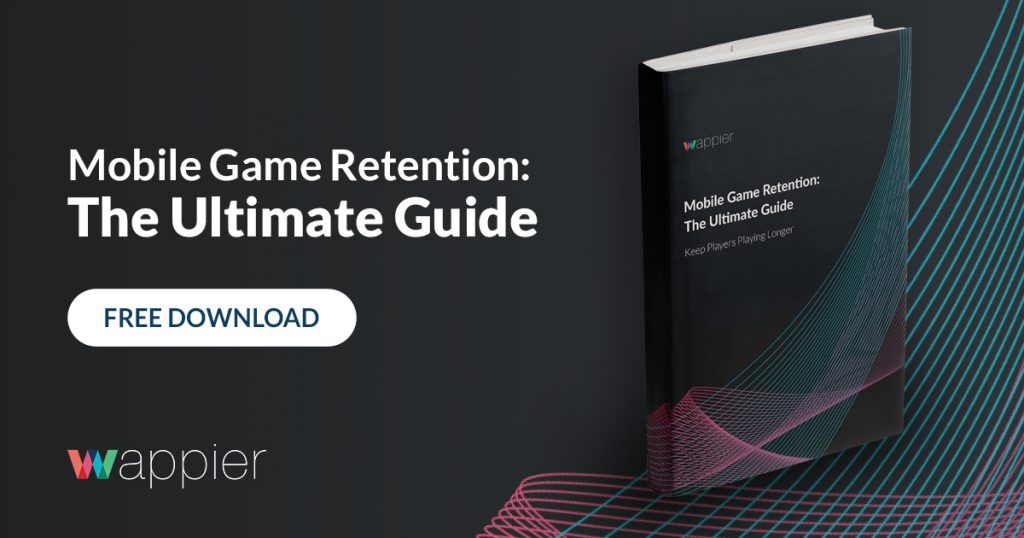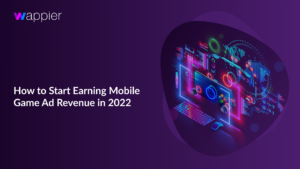Modern marketing is not just digital. It’s personal.
Countless studies show that consumers overwhelmingly expect personalized elements in their advertisements — and 91% are more willing to shop with businesses that do so. In such an environment, personalized marketing strategies are one of the fastest ways to connect with your audience. The only question is how organizations can do so effectively.
To that end, this guide presents a comprehensive overview of personalized marketing techniques, from data collection to implementing dynamic ad solutions for marketers looking to bring their marketing operations into the modern world with 1:1 campaigns that deliver the right offer to the right customer at the right time.
What is Personalized Marketing?
What Do Personalized Marketing Campaigns Look Like?
Building Your Personalized Marketing Strategy
- Understand your Customers
- Examine the Entire Marketing Funnel
- Account for Every Channel
- Personalize your Brand
Benefits of Dynamic Marketing Solutions
Looking to deliver the right message at the right moment using personalized marketing techniques? Wappier can help. Let’s talk.
What Is Personalized Marketing?
Personalized marketing is the strategy of connecting with prospects as individuals, not as audience segments. At bare minimum, it leverages any available personal data to customize messaging, typically addressing the customer by name or referencing any past purchases they enjoyed. When managed effectively, personalized marketing will produce several unique ad campaigns — each for an audience of one.
Of course, achieving this personal touch is next to impossible with traditional ad techniques. Personalized marketing demands each of the following pillars to succeed:
- Data: Brands need up-to-date datasets on each prospect to ensure the information they’re working with is accurate.
- Analytics: Marketers must draw useful insights from their data, such as knowing which aspects of a customer profile will enhance a campaign.
- Automation: Finally, personalized marketing content is delivered en masse using a variety of automated processes, from digital ads to emails.
For more details on personalized marketing capabilities, take a look at “What Is Marketing Personalization? Your 2021 Guide.”
What Do Personalized Marketing Campaigns Look Like?
There is no shortage of personalized marketing campaigns — companies around the world use these techniques to produce ads that resonate with customers. For example, Spotify ends each year with a personalized music playlist of their favorite songs of the year. The not-for-profit charity: water engages donors with personalized emails highlighting their contribution to projects. The budget airline easyJet reminded customers about some of their favorite vacations. North Carolina vacation firm Twiddy analyzed rental trends to recommend optimal pricing packages for its clients.
These tools help marketing campaigns feel like more than ads — they’re full-fledged customer experiences in their own right.
For more examples, check out our blog post “4 Examples of Personalized Marketing Campaigns That Put Customers First.”
Building Your Personalized Marketing Strategy
Simply planning to create individualized messaging is not the same as adopting a personalized marketing strategy. To be consistently effective, marketers must define an approach that reaches customers and aligns with their business model. Here are four factors to keep in mind during this process:
Understand Your Customers
A deep understanding of your prospective customers is essential for any personalized marketing campaign, so data collection is a top priority. Demographic details such as age, gender, and location are good starting points, but an effective strategy must dig deeper. Wherever possible, look into past purchases, shared interests, and even browsing habits. The more data you have, the more relevant and targeted your messaging will be.
Examine the Entire Marketing Funnel
The most effective personalized marketing strategies examine both prospective and existing customers. By understanding behaviors at any point of the marketing funnel, you can refine campaigns to focus on attracting, converting, or retaining an audience — and better identify their needs at each stage.
Account for Every Channel
Modern customers can shop and interact with businesses across multiple touchpoints. For example, instead of visiting a brick-and-mortar store, they might Google an online store, look up social media promotions, research review sites, or download an official app. If marketers truly want to get personal, they need an omnichannel approach that reaches audiences wherever they happen to be. Otherwise, they risk missing customers who are active on more relevant channels.
Personalize your Brand
Personalization works both ways. If you want customers to trust you with their data, it helps to give your brand a human face. Consider naming the customer service reps at each channel instead of hiding them behind an anonymous branded handle. Next, showcase your executives and team members, so potential shoppers know they have lives outside of work. It’s a small touch, but one that can strengthen bonds with customers.
For more specific details and techniques, read our full guide “How to Build a Personalized Marketing Strategy.”
How Dynamic Marketing Fits In
Personalized marketing is the goal, but delivering it at scale can be a challenge. That’s why automated processes across multiple channels are so crucial to running successful campaigns. Dynamic marketing tools and platforms often go hand-in-hand with personalized strategies to ensure brands deliver the right message to the right person and do so at the right time.
Dynamic marketing systems use the compiled insights described above to inform messaging, ad creative, and even pricing. It considers details like messaging, tone of voice, imagery, and call-to-action, usually pairing them with an offer that would interest the customer. Advanced strategies may even include metrics like lifetime customer value to ensure messaging is even more precise.
The inherent flexibility of dynamic marketing makes it far easier to refine creative to meet customer needs. What’s more, this level of responsiveness is virtually future-proof since it adapts to trends in real-time.
To learn more about high-performance dynamic marketing systems, read “How Dynamic Marketing Gives Customers What They Want in Real Time.”
Benefits of Dynamic Marketing Solutions
So what does dynamic marketing look like in practice? In most circumstances, it means ad creative or promotional pricing offers can vary to reflect the interests of each individual customer.
Pricing
Promotional pricing techniques allow for limited-time discounts, seasonal offers, first-time deals, and more. With a dynamic marketing system, these processes can be optimized on a customer-by-customer basis. When implemented effectively, dynamic pricing increases conversion rates, engagement, revenue, and more.
Dynamic Loyalty Rewards
Many brands offer loyalty services, but dynamic marketing allows rewards to be far more personalized. Mobile games, for example, might provide an in-app currency bonus for signing up with a rewards program. Likewise, shopping apps can recommend products that are available to purchase with existing reward points. Accounting for personal factors in your dynamic messaging tends to increase loyalty and lifetime value in turn.
Dynamic Creative
Dynamic advertising solutions don’t deliver ads — they deliver the right combination of ad creative for the right user. For example, machine learning algorithms can analyze existing customer data and assemble a promotional offer, messaging copy, and background image in real-time. These systems can also identify the most effective ad format, channel, and time of day that prospects are more likely to engage with.
To learn more dynamic ad strategies, take a look at “3 Dynamic Marketing Solutions That Maximize Lifetime Value” and “The Dynamic Marketing Strategy Checklist.”
In today’s competitive market, no business can afford to overlook personalized marketing. That’s why wappier’s proprietary AI platform does the heavy lifting — analyzing billions of data points each day, producing personalized offers, and dynamically assembling high-performing ads, offers, and marketing experiences in real-time. Ready to learn more?







